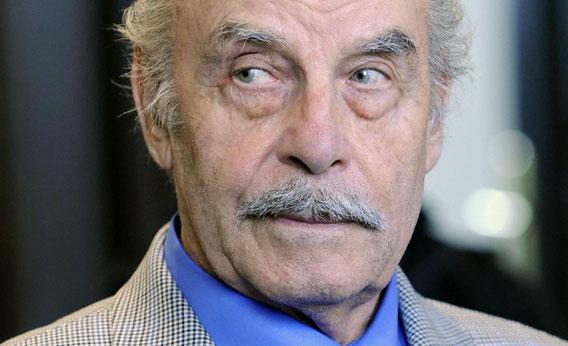Russian police have discovered 57 cult members living in an underground bunker in the Republic of Tatarstan. Many of the children ensconced in the bunker have never seen the sun, according to authorities. How long can you live without exposure to sunlight?
A normal lifespan, with the right diet. Recent research suggests that sunlight deprivation might increase susceptibility to a wide range of chronic diseases, such as diabetes and high blood pressure, as well as infectious diseases like tuberculosis and the common cold. But it’s very unlikely that an adult could die directly and exclusively from prolonged darkness. The most plausible deadly scenario is that a lack of sunlight could prevent the body from producing vitamin D, which, in turn, would inhibit calcium absorption. Very low calcium levels might lead to spasms of the larynx, causing suffocation. A proper diet, however, can easily stave off this unlikely chain of events and other health consequences, even if you live in a bunker. Vitamin D is present in egg yolks, cheese, fatty fish, and fortified milk, juice, and cereal.
Children are more vulnerable than adults to vitamin D deficiency, making death from darkness somewhat more plausible. The most obvious risk is rickets, a disease that results in malformed bones and teeth. In its extreme forms, the grisly disease can lead to other health issues like breathing irregularities and cardiovascular problems. Some pediatric researchers believe that rickets might be a factor in some cases of Sudden Infant Death Syndrome. Rickets—which may have affected up to 90 percent of children living in the cities of Europe and North America in the late 1800s—may also have played a role in measles and whooping cough outbreaks. Still, as with adults, proper diet and supplements can prevent these complications.
Living exclusively in the dark may cause some other conditions that supplements can’t cure. Sunlight helps trigger the body’s daily cycle of serotonin, for example. If that production cycle becomes irregular, you can suffer problems with sleep and mood.
Interest in the health-promoting effects of sunlight seems to be cyclical. In the late 19th century, when it became clear that lack of sunlight caused rickets, solar therapy became all the rage. Doctors advised patients to sunbathe, and children living at higher latitudes spent three hours per week soaking up rays in carbon or mercury arc lamps. People came to believe that the sun cured a variety of disorders, including gout, ulcers, and arthritis. Patients suffering from tuberculosis spent months living in sanatoriums where sunlight was among the chief prescriptions. Around this time, tanned skin, previously associated with a life of labor and poverty, became a mark of wealth. Tanned people could afford vacations, while the poor labored in the dark recesses of factories.
Beginning in the 1930s, public health authorities began to sound the alarm about skin cancer. Over the next few decades, sunlight went from panacea to toxin, as doctors urged patients to retreat into the shade. UV light is currently experiencing something of a medical renaissance. Studies come out weekly linking sunlight deprivation to everything from multiple sclerosis to asthma. Human skin color varies roughly according to the latitude of our ancestors’ origin, and anthropologists attribute this range to our need to absorb vitamin D. Sunlight skeptics remain, however, and it has been difficult to definitively link vitamin D to such long-term problems as diabetes and heart disease.
Got a question about today’s news? Ask the Explainer.
Explainer thanks Michael Holick of Boston University School of Medicine and Nina Jablonksi of Penn State.
